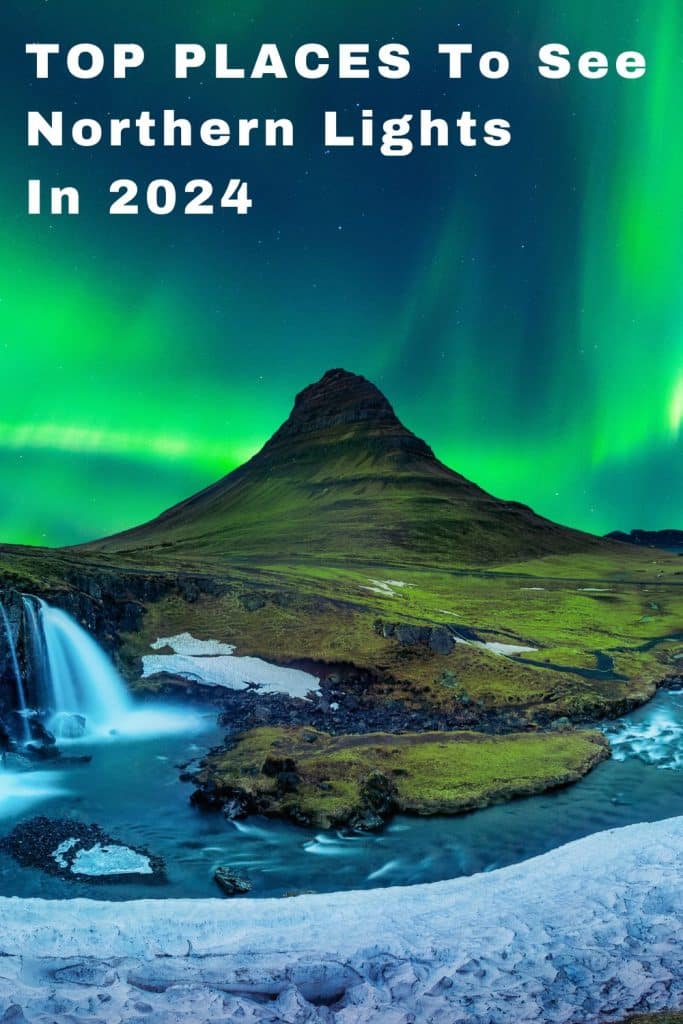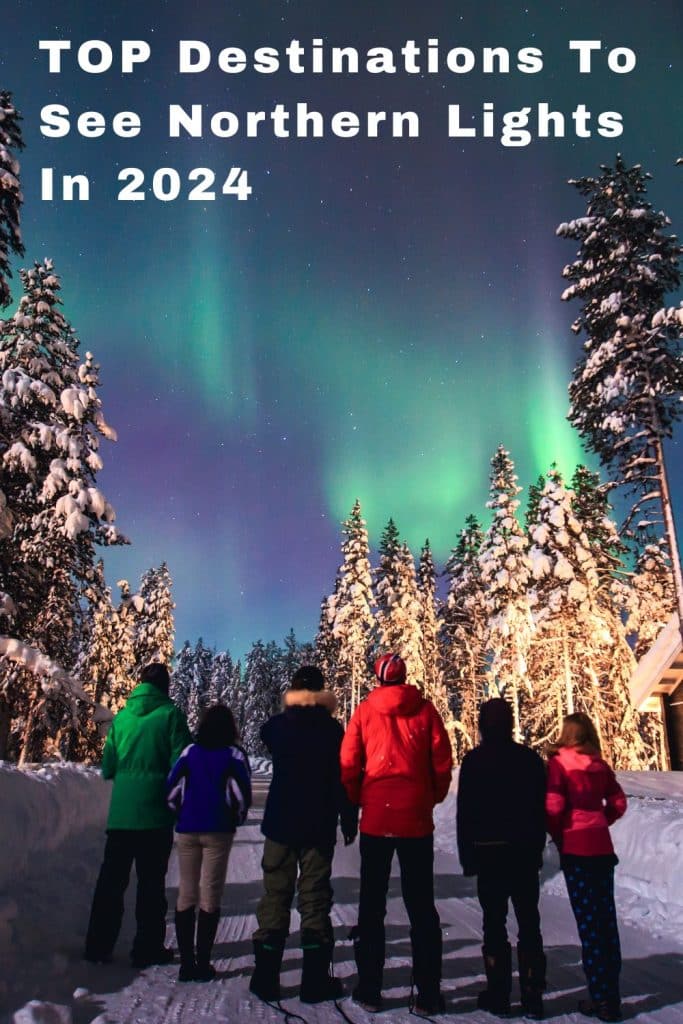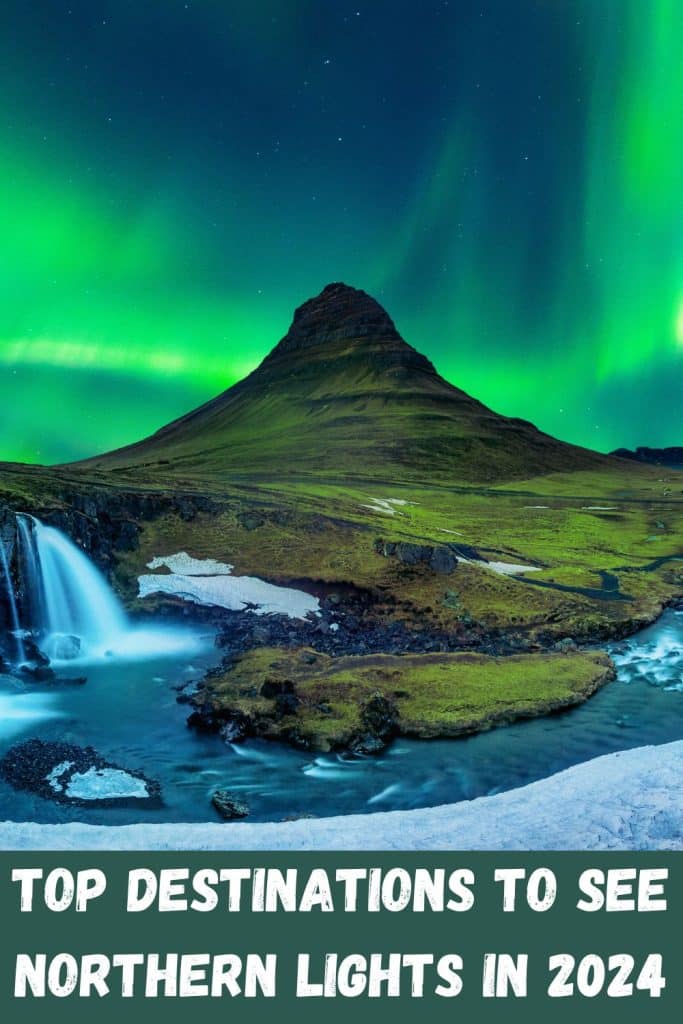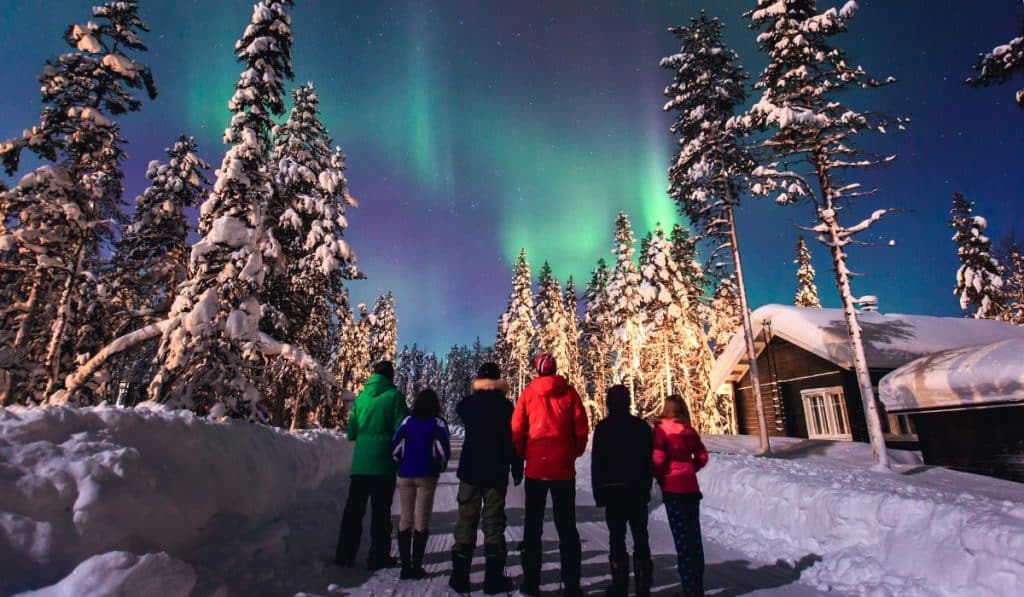Traveling to the right location is one way to increase your chances of spotting the Northern Lights.
The increased popularity of Northern Lights tourism, fueled by predictions that the astronomical phenomenon will be exceptionally visible by 2024, is making this year’s hotspots look even better.
A study commissioned by Expedia found that by 2024 Nearly half of Americans (42%) would put aurora hunting above other experiences on their bucket list.
That’s why travel booking website Expedia has revealed the top 10 popular Northern Lights destinations as part of its programme Guide to the Northern Lights.
Lapland, Finland, is the top destination expected to be most popular with light-seeking travelers as the destination experiences an astonishing 370 percent growth.
With a growth of 215 percent between 2022 and 2023, the entire Scandinavian country was a top choice for Americans, especially for the famous aurora hunting destinations of Rovaniemi and Inari.
October is the best month for people who want to save money. Besides the fact that this is the start of the busiest time of the year, which runs from the end of September to the end of March, the average nightly rate in hotels in Lapland is $216.
Churchill, Canada, comes in second with a 110 percent increase in searches. With a growth of 80% Banff secured fifth position, while Jasper secured seventh place with a growth of 70%.
Two Norwegian cities, Alta with 100% growth and Narvik with 90% growth, shared third and fourth place. The best months to go for the aurora season, which here lasts from fall to spring, are typically March, April, September and October, according to Expedia.
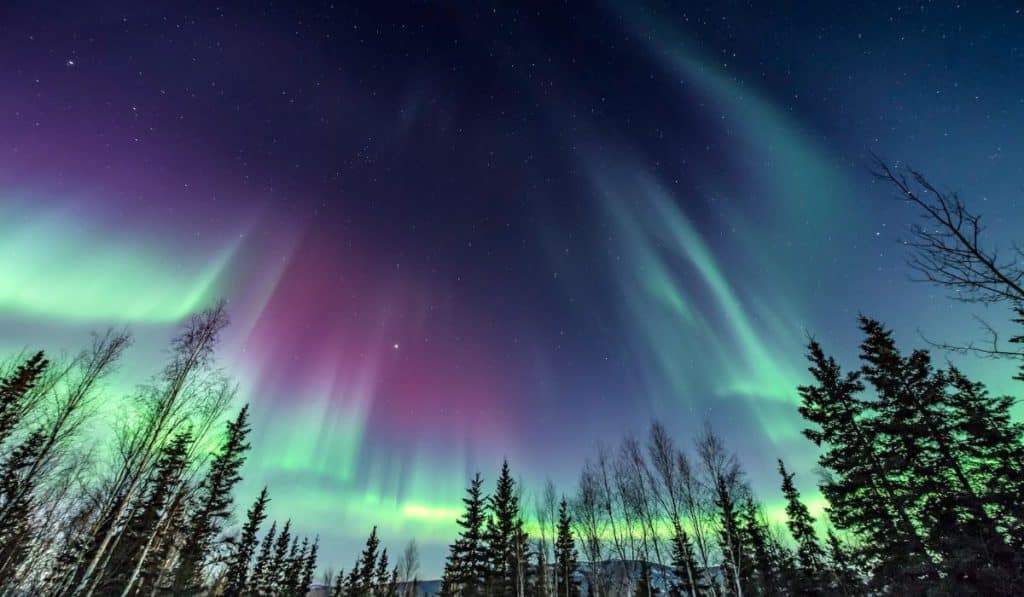
With a growth rate of 80%, Kalfafell, Iceland, finished Banff in fifth place, and Isle of Skye, United Kingdom, came eighth with a growth rate of 75%.
Two Swedish cities, Kiruna with a growth rate of 55 percent and Abisko with a growth rate of 65 percent completed the list.
While no US locations made the top 10, there was increased interest in some cities. Searches for Voyageurs National Park in Minnesota, close to the Canadian border, which has the best lighting in fall and winter, and Michigan, where the peak months are April, October and November, are up 20%. Naturally, Alaska, the state known for seeing the Northern Lights saw a 15% increase during the extended season, which runs from late August to mid-April.
